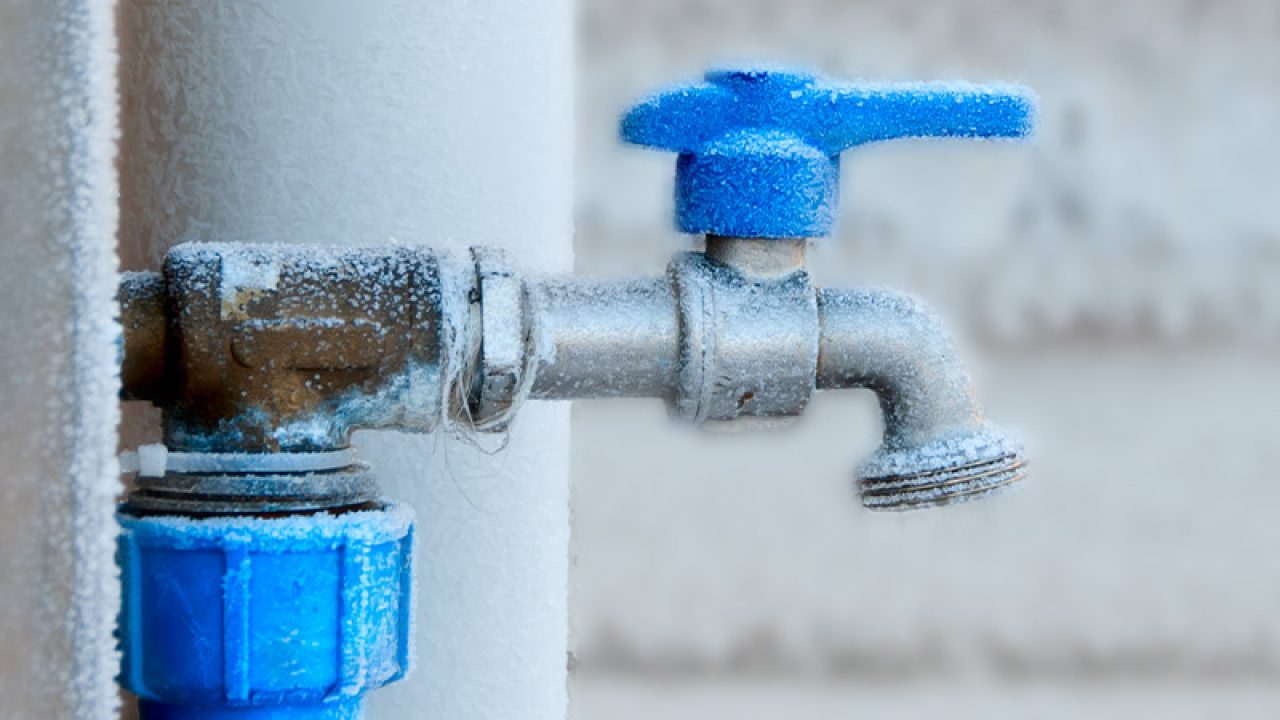Protecting Your Pipes from Freezing Damage: Key Approaches
Protecting Your Pipes from Freezing Damage: Key Approaches
Blog Article
The article author is making a number of great points regarding Winter Plumbing Precautions: Preventing Frozen Pipes overall in the article following next.
:strip_icc()/snow-outdoor-faucet-pipes-4af65d1e5e904fb1aa7bf74071fe5d89.jpg)
Cold weather can ruin your pipes, specifically by freezing pipes. Right here's exactly how to prevent it from happening and what to do if it does.
Introduction
As temperature levels decrease, the risk of icy pipes rises, possibly causing expensive fixings and water damages. Recognizing exactly how to stop frozen pipes is essential for homeowners in cool climates.
Understanding Icy Pipelines
What triggers pipes to freeze?
Pipelines freeze when revealed to temperatures below 32 ° F (0 ° C) for expanded durations. As water inside the pipes freezes, it expands, taxing the pipeline walls and potentially causing them to burst.
Threats and problems
Frozen pipelines can result in water disruptions, residential or commercial property damage, and pricey repairs. Burst pipes can flood homes and create comprehensive architectural damage.
Signs of Frozen Water Lines
Recognizing icy pipelines early can stop them from bursting.
How to identify frozen pipelines
Search for lowered water flow from taps, unusual odors or noises from pipes, and visible frost on exposed pipes.
Avoidance Tips
Insulating prone pipes
Cover pipelines in insulation sleeves or use warmth tape to shield them from freezing temperatures. Concentrate on pipelines in unheated or exterior areas of the home.
Home heating techniques
Keep interior rooms properly heated up, particularly locations with pipes. Open up cabinet doors to permit warm air to distribute around pipelines under sinks.
Shielding Outdoor Plumbing
Garden tubes and exterior taps
Detach and drain yard pipes before winter. Mount frost-proof spigots or cover outdoor taps with insulated caps.
What to Do If Your Pipelines Freeze
Immediate actions to take
If you believe frozen pipelines, keep faucets open up to eliminate pressure as the ice thaws. Utilize a hairdryer or towels soaked in warm water to thaw pipelines slowly.
Long-Term Solutions
Structural changes
Think about rerouting pipelines far from outside walls or unheated locations. Include extra insulation to attics, cellars, and crawl spaces.
Updating insulation
Invest in high-quality insulation for pipelines, attics, and walls. Appropriate insulation assists preserve regular temperature levels and decreases the danger of icy pipelines.
Conclusion
Avoiding frozen pipes calls for aggressive measures and fast actions. By comprehending the causes, indicators, and preventive measures, homeowners can shield their pipes during cold weather.
5 Ways to Prevent Frozen Pipes
Drain Outdoor Faucets and Disconnect Hoses
First, close the shut-off valve that controls the flow of water in the pipe to your outdoor faucet. Then, head outside to disconnect and drain your hose and open the outdoor faucet to allow the water to completely drain out of the line. Turn off the faucet when done. Finally, head back to the shut-off valve and drain the remaining water inside the pipe into a bucket or container. Additionally, if you have a home irrigation system, you should consider hiring an expert to clear the system of water each year.
Insulate Pipes
One of the best and most cost-effective methods for preventing frozen water pipes is to wrap your pipes with insulation. This is especially important for areas in your home that aren’t exposed to heat, such as an attic. We suggest using foam sleeves, which can typically be found at your local hardware store.
Keep Heat Running at 65
Your pipes are located inside your walls, and the temperature there is much colder than the rest of the house. To prevent your pipes from freezing, The Insurance Information Institute suggests that you keep your home heated to at least 65 degrees, even when traveling. You may want to invest in smart devices that can keep an eye on the temperature in your home while you’re away.
Leave Water Dripping
Moving water — even a small trickle — can prevent ice from forming inside your pipes. When freezing temps are imminent, start a drip of water from all faucets that serve exposed pipes. Leaving a few faucets running will also help relieve pressure inside the pipes and help prevent a rupture if the water inside freezes.
Open Cupboard Doors
Warm your kitchen and bathroom pipes by opening cupboards and vanities. You should also leave your interior doors ajar to help warm air circulate evenly throughout your home.

I have been very interested in Winter Plumbing Precautions: Preventing Frozen Pipes and I really hope you enjoyed my post. Sharing is caring. You never know, you may very well be helping someone out. Thank-you for going through it.
Schedule A Service Call Report this page